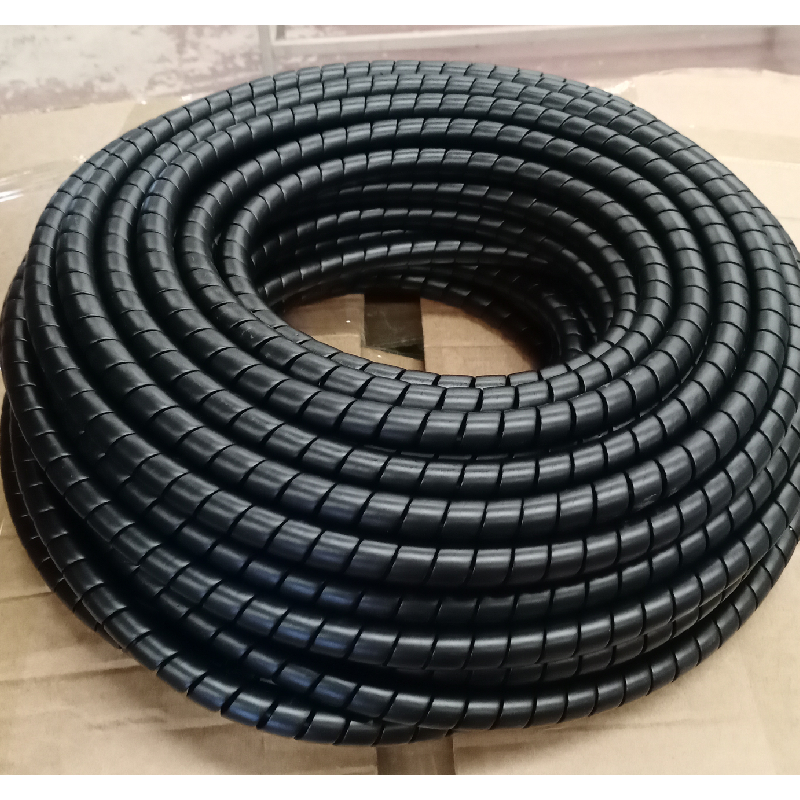fire hose pipe coupling
Understanding Fire Hose Pipe Couplings An Essential Component in Firefighting
In the realm of firefighting, every component plays a critical role in ensuring the safety of communities and the effectiveness of response efforts. Among these components, fire hose pipe couplings may appear to be a small detail, but they are pivotal in creating a seamless and efficient water delivery system during emergencies. This article delves into the various aspects of fire hose pipe couplings, their types, construction, and importance in firefighting operations.
What Are Fire Hose Pipe Couplings?
Fire hose pipe couplings are the connectors that link sections of fire hoses to each other, or to other firefighting equipment like water tanks, hydrants, or pumps. They are designed to create a leak-proof seal that can withstand high pressures, ensuring that water is delivered continuously and effectively to extinguish fires. The reliability of these couplings can often mean the difference between a successful firefighting operation and a disastrous outcome.
Types of Fire Hose Couplings
There are several types of fire hose couplings, each designed for specific applications and operational needs. The most common types include
1. Threaded Couplings These feature male and female threads that screw together, providing a tight seal. Threaded couplings are often found in more permanent installations, such as connecting hoses to pumps or hydrants.
2. Storz Couplings Popular in many countries, Storz couplings use a latching mechanism to connect hoses without the need for threading. This design allows for quick coupling and uncoupling, which is essential during high-pressure firefighting situations.
3. Cam-lock Couplings These provide a quick connection through a cam and groove system. They are easy to assemble and dissassemble, making them useful in various applications, including water supply lines and tankers.
fire hose pipe coupling

4. Screw-type Couplings Similar to threaded couplings but often featuring a more intricate mechanism for additional security against accidental disconnection. These are less common but are employed where utmost reliability is required.
Construction and Material
Fire hose couplings are typically made from durable materials that can withstand corrosive elements and high pressures. Common materials include aluminum, brass, and stainless steel. The choice of material is critical; for instance, aluminum is lightweight and resistant to corrosion, making it ideal for handheld hoses, while brass offers strength and resilience but is heavier.
Moreover, modern couplings often come with rubber gaskets or seals to enhance the leak-proof characteristics. This feature is crucial because any water loss due to leaks can jeopardize firefighting efforts and safety.
Importance of Quality Couplings in Firefighting
The quality of fire hose couplings cannot be overstated. During a fire emergency, firefighters need to focus on battling the flames, not worrying about whether the equipment will hold up. High-quality couplings ensure that the water delivered to the fire is consistent and effective. Poor-quality or improperly maintained couplings may fail under pressure, leading to water loss and potentially catastrophic outcomes.
Regular inspection and maintenance of fire hose couplings are essential practices for fire departments. This includes checking for wear and tear, ensuring that threads are clean and undamaged, and replacing any worn seals. Such diligence ensures operational readiness and safety during critical moments.
Conclusion
In conclusion, fire hose pipe couplings are a vital component of firefighting operations. Their role in connecting hoses and ensuring a stable water supply is fundamental to the efficiency and effectiveness of fire response efforts. With various types of couplings available, each designed to meet specific needs, firefighters must be well-informed about their equipment to ensure a successful outcome in emergency situations. Investing in quality couplings and maintaining them properly not only supports the safety of the firefighters but ultimately protects lives and property in the communities they serve.
-
Ultimate Spiral Protection for Hoses & CablesNewsJun.26,2025
-
The Ultimate Quick-Connect Solutions for Every NeedNewsJun.26,2025
-
SAE J1401 Brake Hose: Reliable Choice for Safe BrakingNewsJun.26,2025
-
Reliable J2064 A/C Hoses for Real-World Cooling NeedsNewsJun.26,2025
-
Heavy-Duty Sewer Jetting Hoses Built to LastNewsJun.26,2025
-
Fix Power Steering Tube Leaks Fast – Durable & Affordable SolutionNewsJun.26,2025

